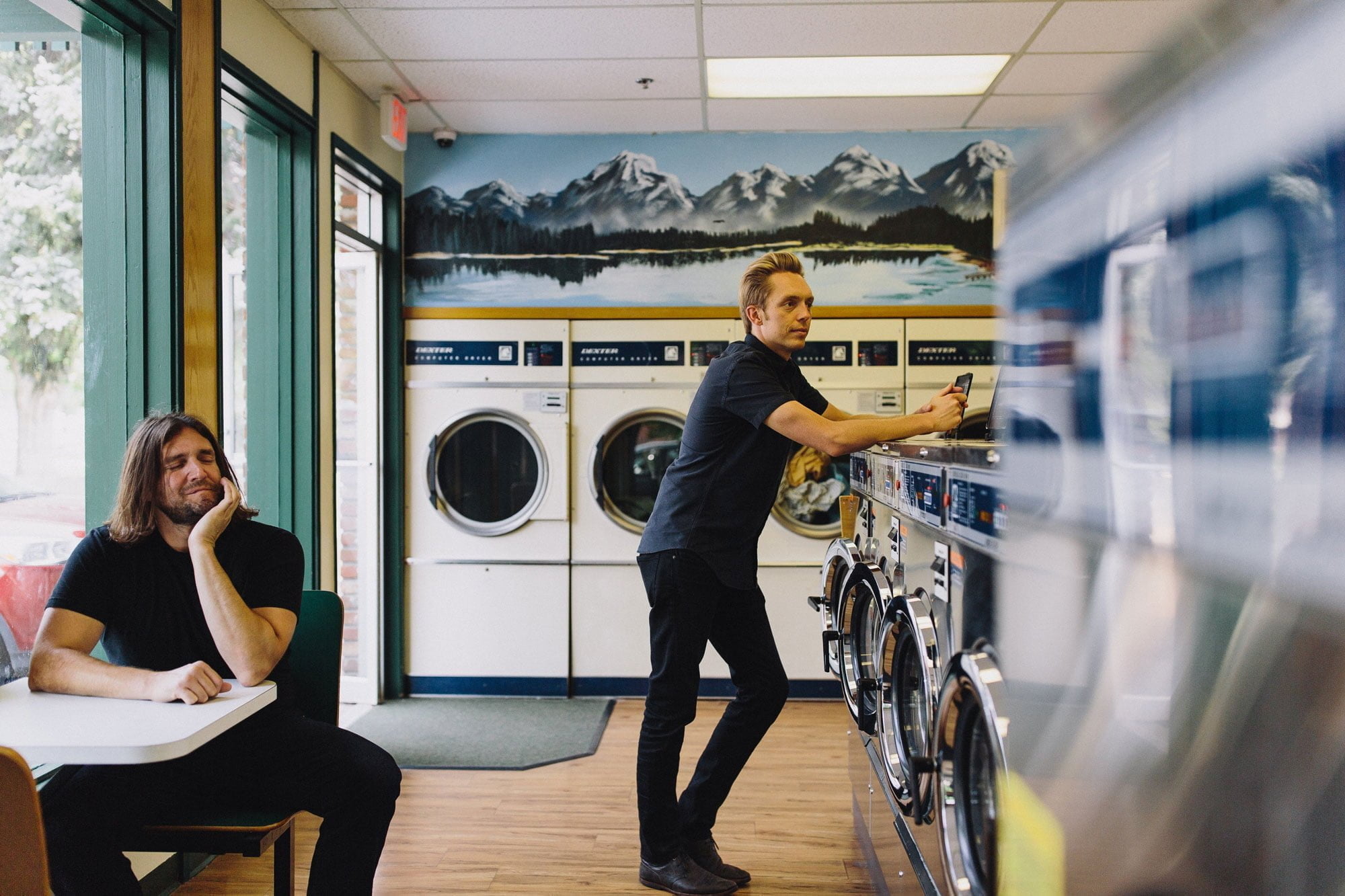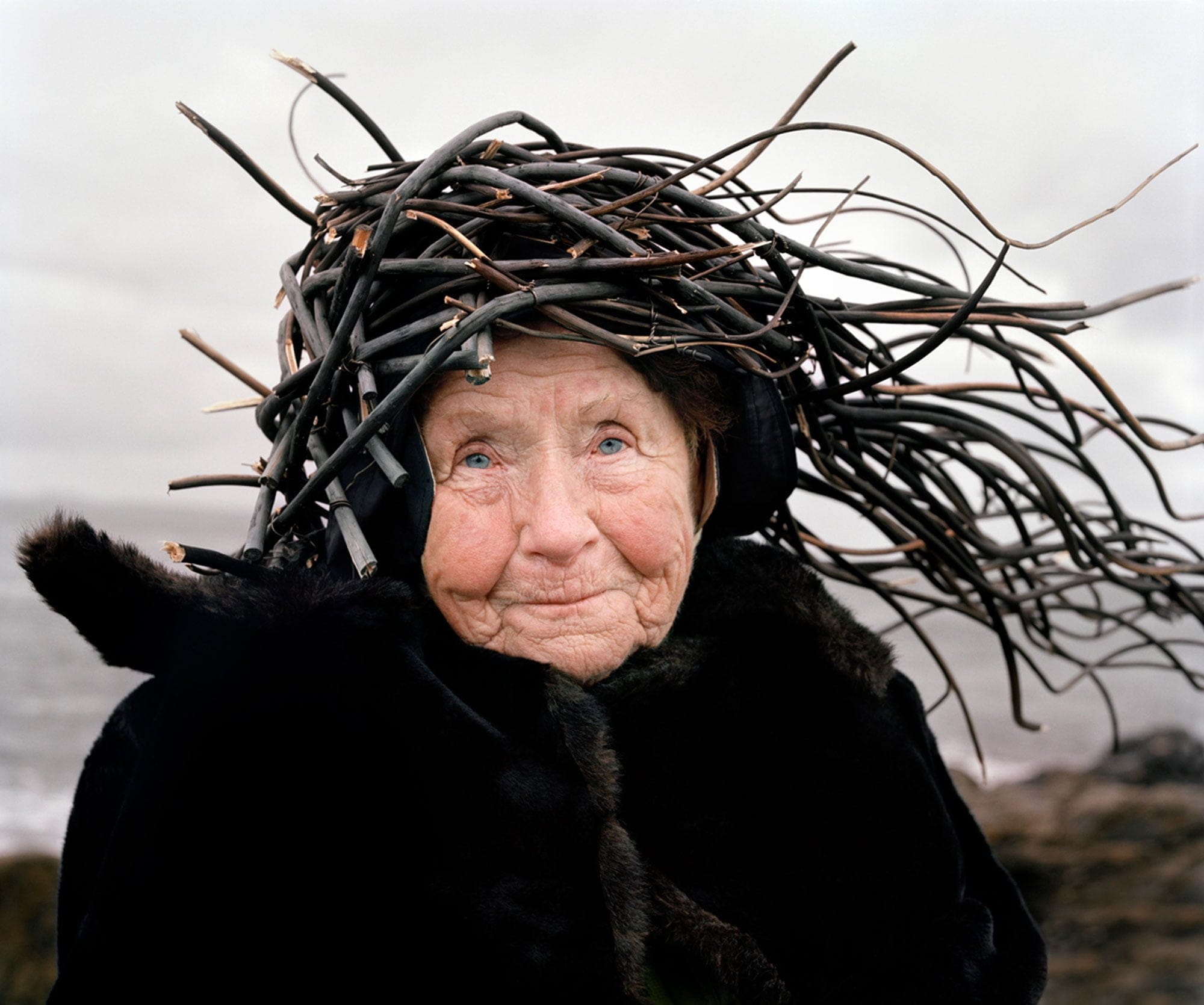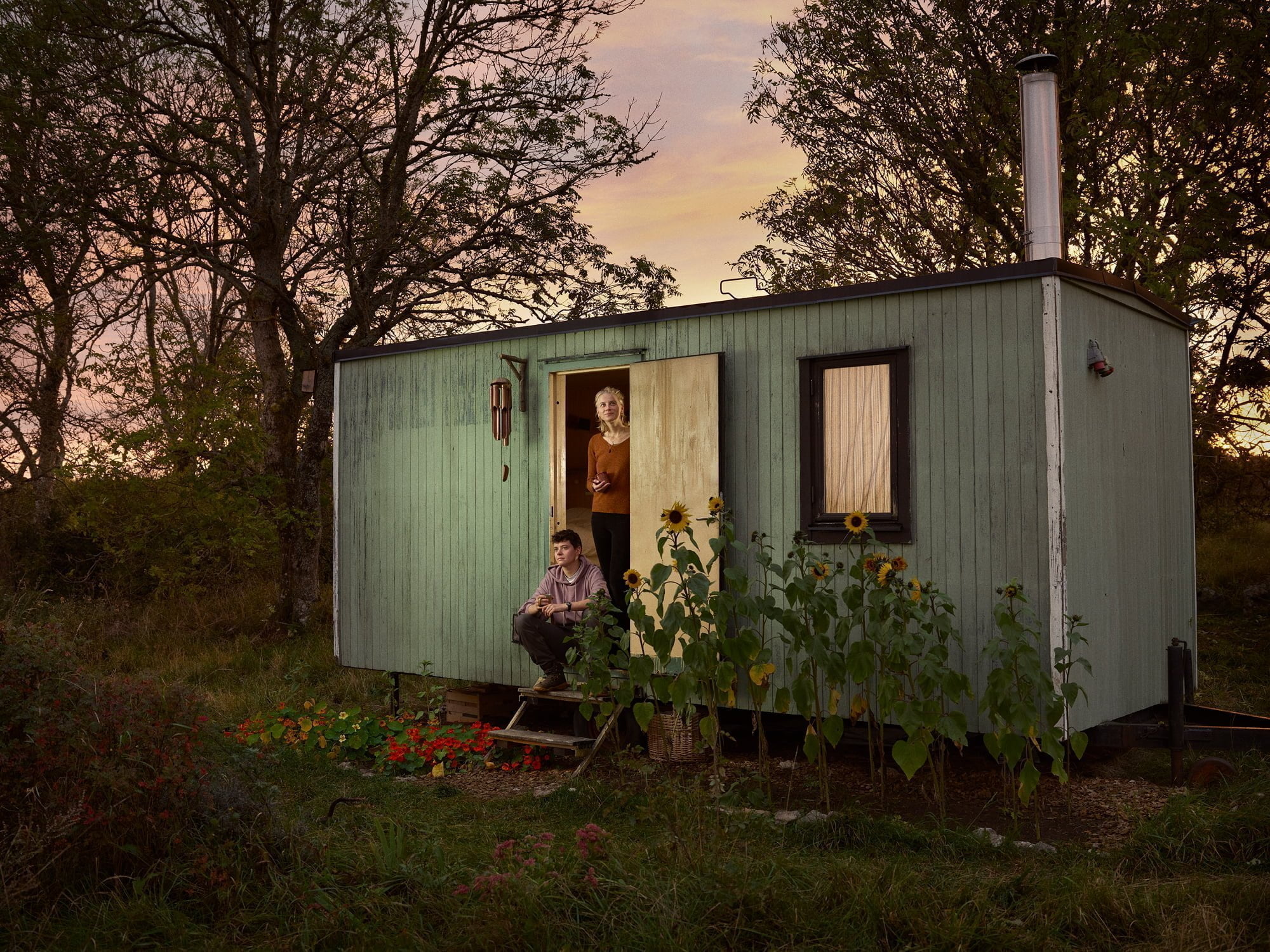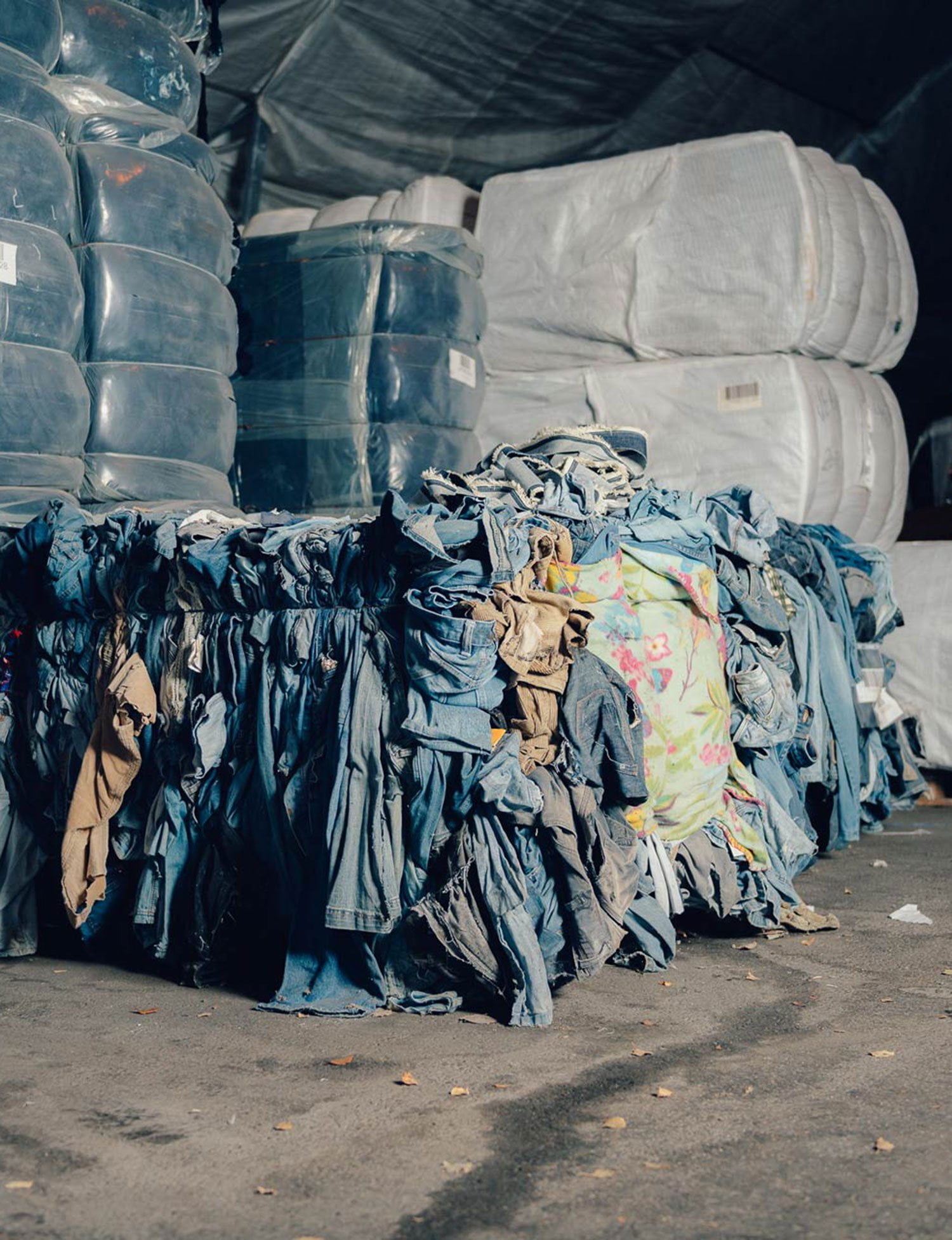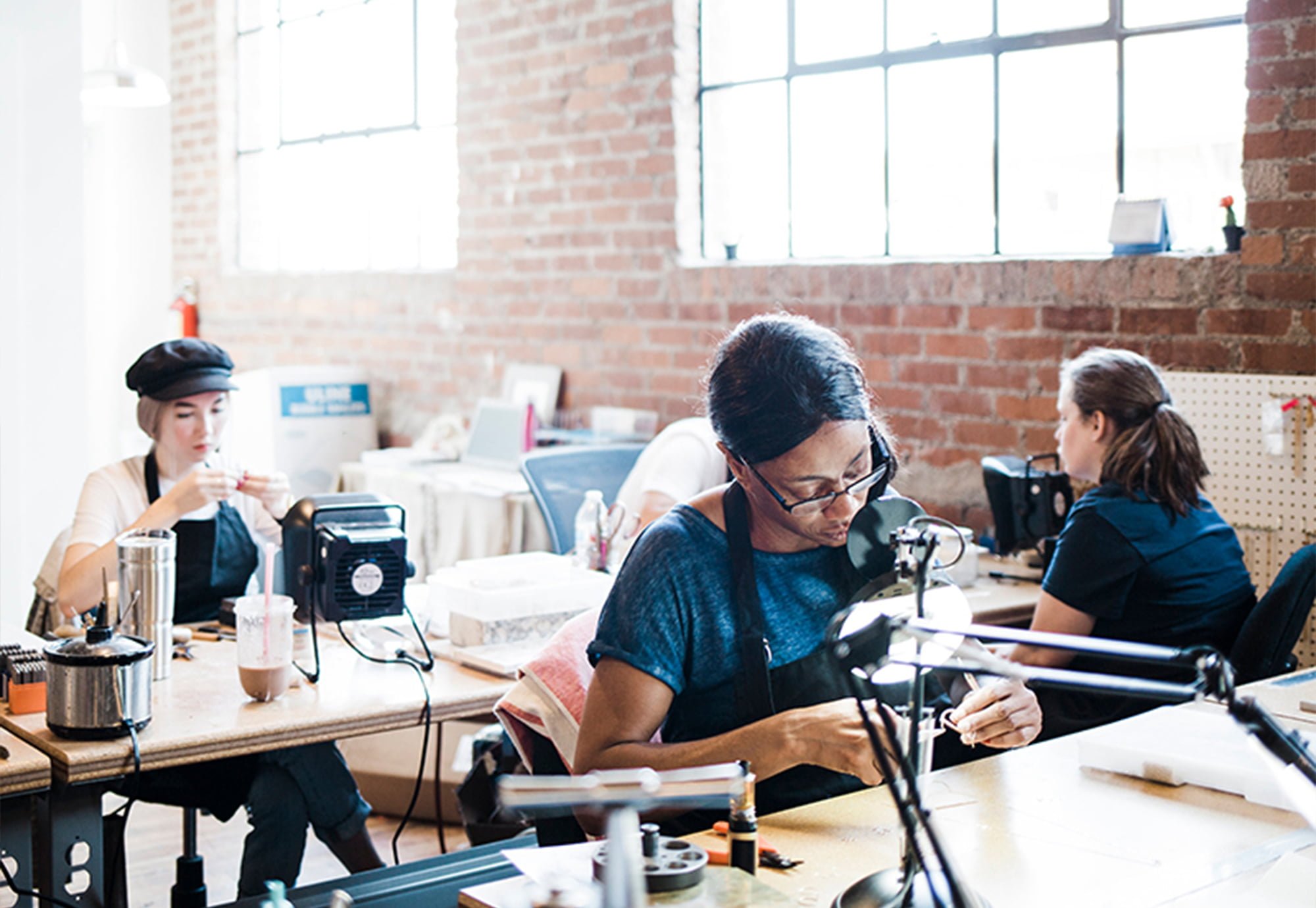How many of us can honestly say we need all that stuff we buy? Wouldn’t we be just as happy with less… or even happier? From gadget fixers to ethical fashionistas, we meet the trailblazers who’ve learned to resist the ‘buy now’ button, and haven’t looked back.
The Minimalists
The duo who built a global following out of nothing
You could call The Minimalists the maximalists of minimalism. According to their calculations, they have spread their “less is more” message to more than 20 million people. The secret is that it’s not really about stuff – or the absence of it – at all.
Buddies since elementary school in Dayton, Ohio, Joshua Fields Millburn and Ryan Nicodemus both found “success” with high-paying corporate jobs and homes filled with possessions. It didn’t last.
Millburn discovered minimalism after the death of his mother and breakup of his marriage. By unloading most of his stuff, he experienced a newfound freedom and happiness. The idea appealed to Micodemus too. The pair left the corporate world and started a blog that took off.
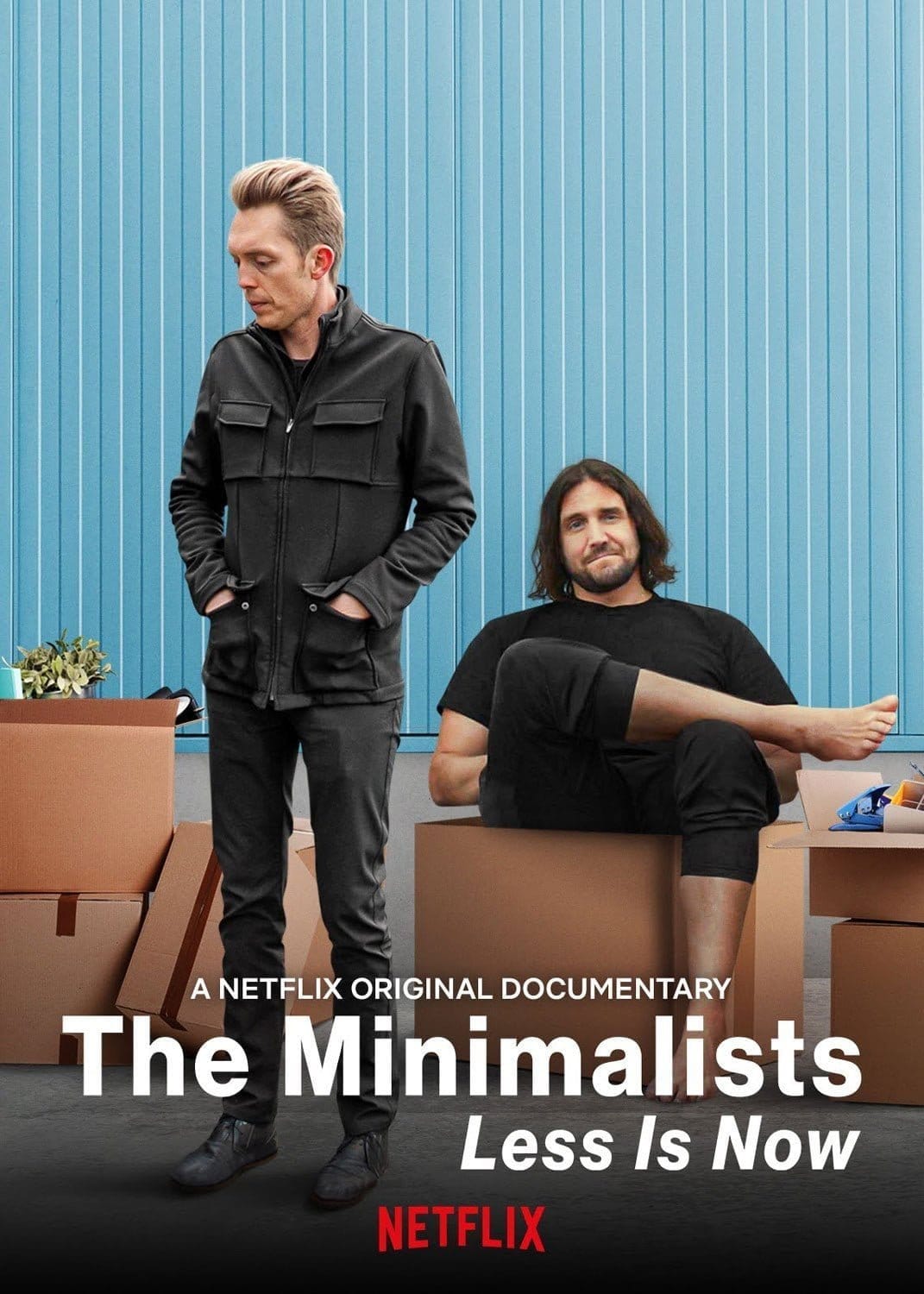
Joshua Fields Millburn (left) and Ryan Nicodemus. Less is Now is their second documentary for Netflix.
Now both 40, they’ve been preaching the minimalist gospel for more than a decade through books, a blog, social media, a podcast, two documentaries on Netflix and live shows that blend humour and levity. They’re currently touring in the United States behind their latest book, Love People, Use Things: Because the Opposite Never Works.
“Healing our relationship with stuff doesn’t instantly make us happy or give us perpetual bliss,” says Millburn. “It makes room for us to start questioning what is important in our lives, like values, money and relationships, through understanding the impulses we have.”
For instance, at a tour stop in Denver, Colorado, one fan asked how to convince her husband to clear out his clutter from the garage. “That gave us the opportunity to talk about love,” Millburn says. “Love is to see someone for who they are without trying to change them. And maybe if they see the benefits of simplifying in you, they’ll begin to simplify their life without any coercion.”
“Healing our relationship with stuff makes room for us to start questioning what’s important”
Joshua Fields Millburn.
Photo: Jordan Moore

Initially the core audience was Gen X’ers and boomers who’ve had more opportunity to accumulate stuff. But increasingly, it’s younger folks too, “who are just beginning to feel the pangs of discontent in our consumer culture,” Millburn says.
The Minimalists took a little heat for moving to Los Angeles, the home of bling, in 2017. “I get it,” says Millburn. “As soon as we arrived, even I was drawn to what everyone else already had. The opulence. The Teslas. The Air Jordan sneakers. And I don’t even wear sneakers. But once you understand the absurdity of consumerism, it begins to lose its tug.”
Lauren Bravo
The fast fashion addict who went cold turkey
Lauren Bravo shopped ’til she stopped. Minutes before the start of 2019, when her personal #notnewyear challenge was to begin, Bravo was frantically filling up her shopping cart at online retailer ASOS.
The London fashion and lifestyle writer had vowed, together with a friend, to buy no new clothing for a year.
“I was wasting time shopping, thinking about shopping, taking my returns to the post office, waking up every morning thinking, ‘I have nothing to wear, I feel awful about myself,’ ” says Bravo, 33.
She’d also become increasingly alarmed at the damages wrought by ‘fast fashion’, marked by high production and low prices, unsustainability and exploited garment workers, mostly women.
“It’s a feminist issue at both sides of the supply chain,” she says.
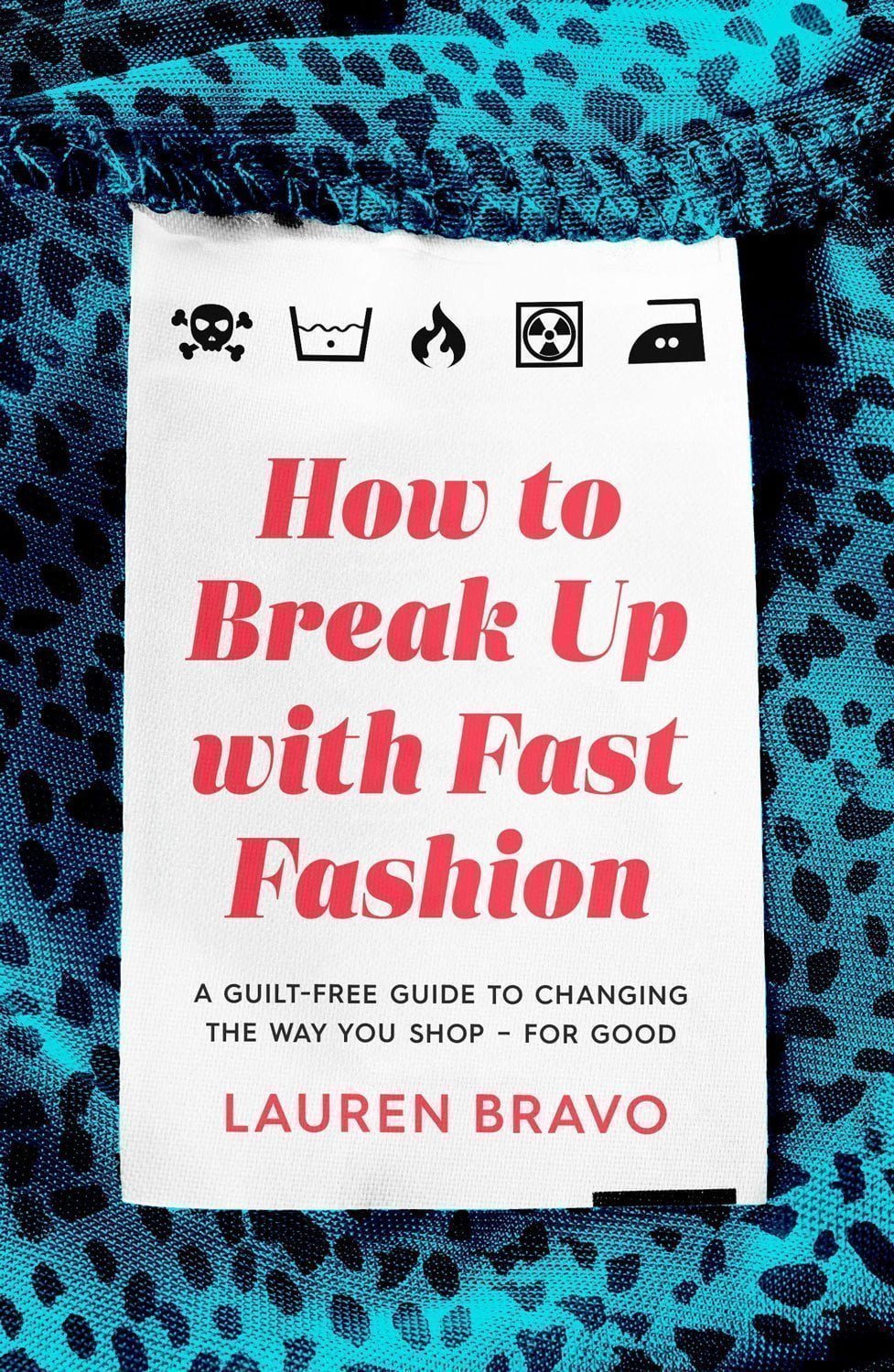
Available as an ebook if you can’t face the extra clutter.
Bravo’s 2020 book, How to Break Up with Fast Fashion, delves into the dark side of the industry, which produces and sells somewhere between 80 billion and 150 billion garments a year globally, with more than half said to end up in the trash within a few years of being made – most of which will not decay.
But she also proposes solutions by extending the life of clothing through repairs and stain removal, along with swapping, renting or shopping for second-hand garments, whether in stores or online.
At the top of the list, she says, is to buy less overall.
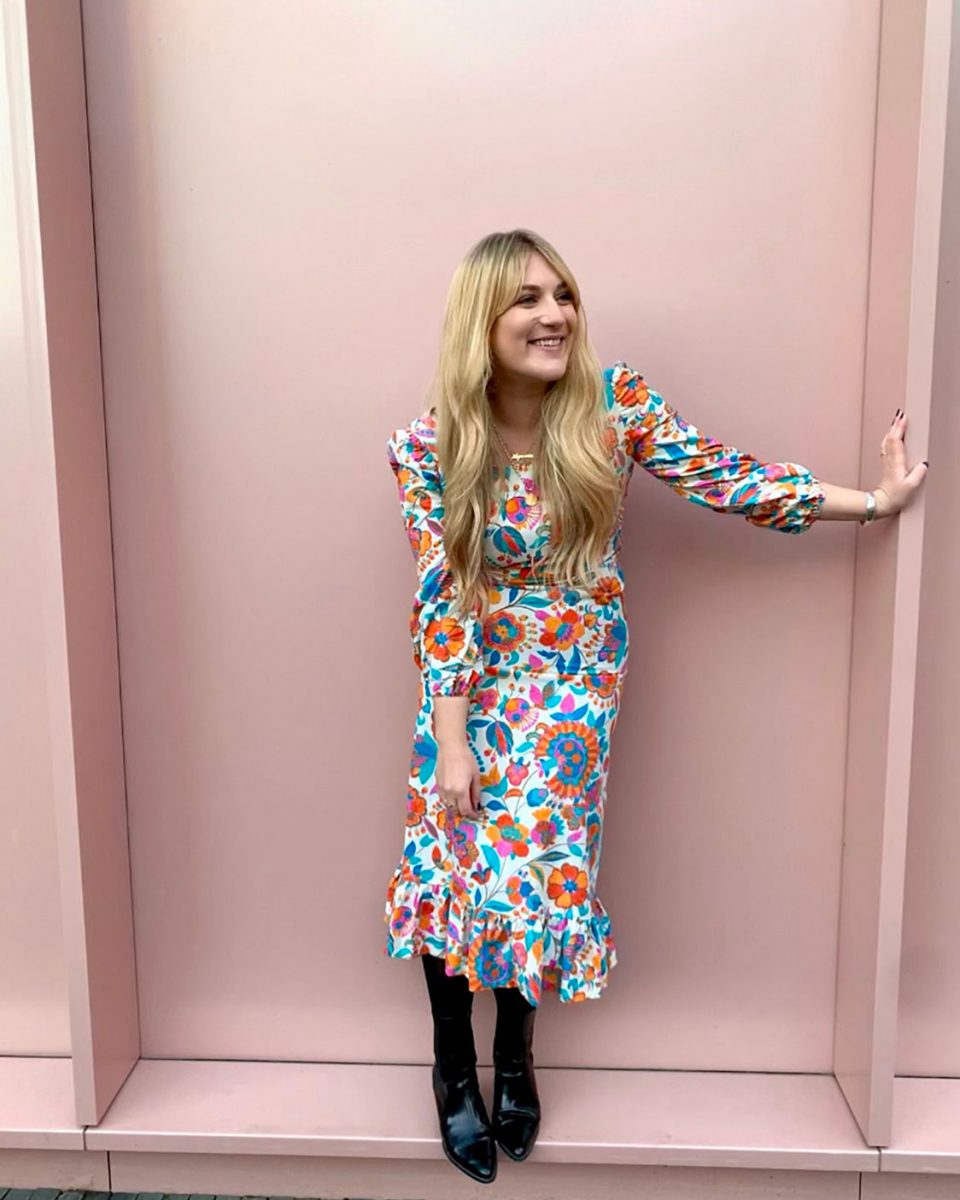
“We’ve been conditioned to believe that buying stuff is the answer to every emotion”
Lauren Bravo, author of How to Break Up with Fast Fashion
“It’s really about changing your mindset,” she says. “Some people after reading my book say, ‘OK, so where do I shop now?’ What’s really harder is to actually change your mindset to buy less and be happy with less. We’ve been conditioned to believe that buying stuff is the answer to every emotion.”
While on her fast-fashion fast, Bravo became more secure in her own style instead of relying on trends. “I realised I’d been wearing things I wasn’t sure I even liked,” she says.
She also stopped having “morning meltdowns” while getting dressed and has more time for reading books.
“If I was on the bus, I’d be looking for that outfit for that party, scrolling sites,” she says. Now, “I’m not consumed with chasing the next retail thrill.”
Jessica Malone
The blogger who said no, no, no to more, more, more
Decluttering goes deeper than getting rid of stuff, says Jessica Malone, a minimalist-minded blogger and self-described lifestyle design coach at Nacho Average Fro.
“Everyone gets the idea of letting something go, but I go further,” she says. It’s about “helping people declutter to achieve some goal”. “I ask people, ‘What did you learn about yourself in the process and what changes can you make to align your life in that direction?’ Minimalism allows us to shed what we don’t need and gives us space to create the life we desire.”
“Minimalism allows us to shed what we don’t need and gives us space to create the life we desire”
Jessica Malone of Nacho Average Fro
Malone, who calls Texas home when she’s not on the road, began her journey in 2017. At the age of 26, she’d ticked all the boxes expected of her, she says. Corporate sales job. Luxury apartment. Dining out. A busy social life. But she felt unsatisfied and wanted more. After reading a book of essays by the Minimalists, she realised that what she really wanted was less.
Malone shed possessions, weight, her job and eventually her apartment and started her blog, with the goal of helping others find their passions by pressing stop on their “clutter cycles”.
She identified one of hers as kitchen equipment and supplies. So she honed in on what she likes to eat and got rid of the items she didn’t need, instead of feeling bad about what she wasn’t making. Now she cooks more frequently, saving money along the way.
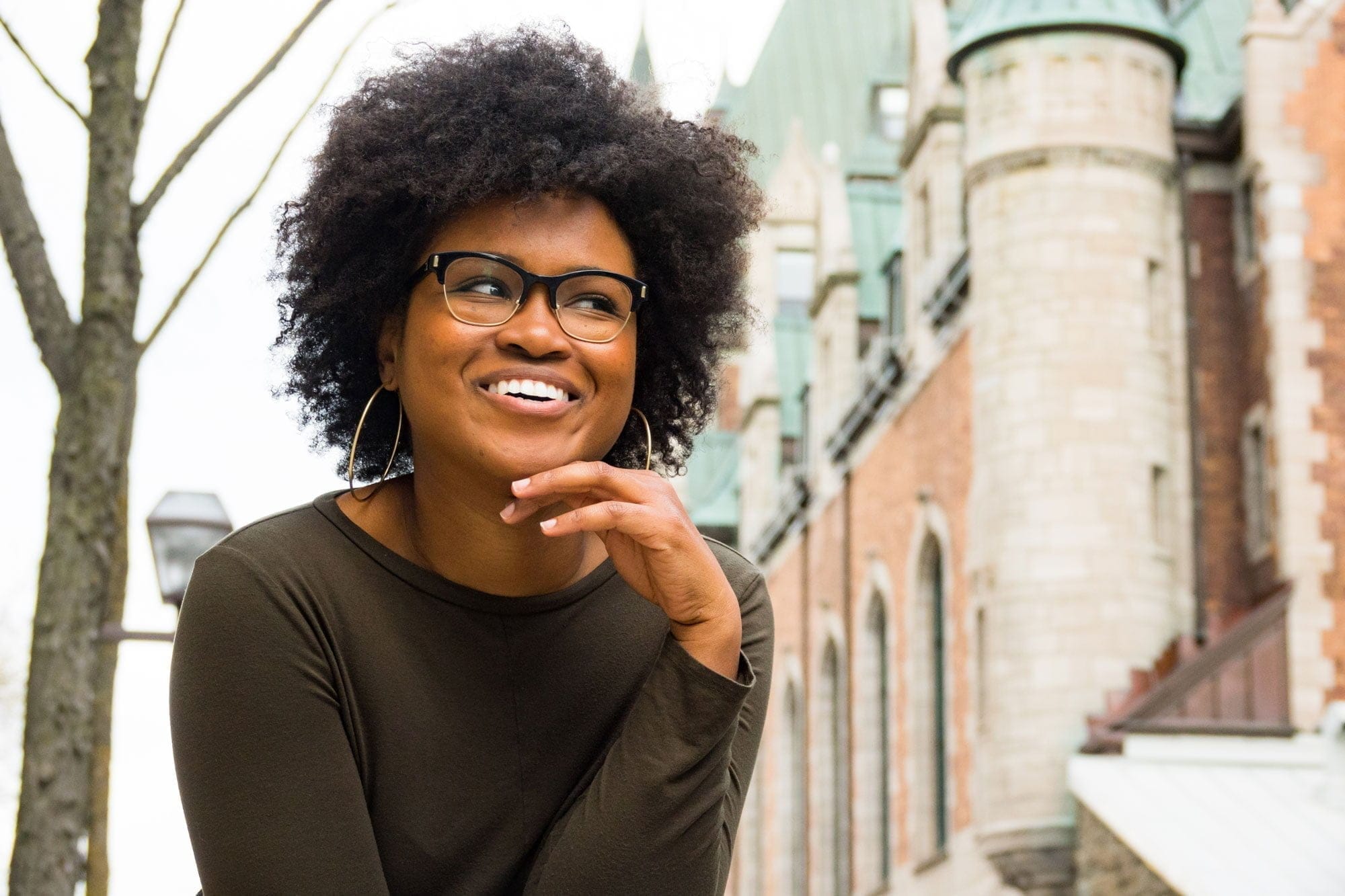
Success doesn’t have to be measured in stuff, says Jessica Malone. Photo: Reese Bland
Malone says that as a black woman, she felt a particular pressure to stay on course and to always be “twice as good and look twice as nice” to compete in a white world. As her confidence grew inside, she transformed her outside, trading the wigs and weaves she’d worn at work for a natural afro.
Shopping had been one of her favourite activities, especially with her mother. While her mother was at first disappointed, she followed her daughter’s lead, first decluttering, then finding her own passion – starting a home-based baking business.
“She’s paid off her debt and saved money,” Malone says. “Now we spend a lot more time on experiences instead of going to the mall.”
Frans van de Pavoordt
The volunteer repairman who resuscitates dying appliances
A few years ago, Frans van de Pavoordt started making a list of any new appliances he acquired. The goal? Keep each one alive for at least seven years.
“I had to throw away our vacuum cleaner last week,” he says. “It was over 10 years old, but it’s still a pity. When something is broken, I want to fix it.”
If anyone can, it’s Van de Pavoordt and his crew of 15 volunteers at the Repair Café Blixembosch in Eindhoven, the Netherlands. Van de Pavoordt, 72, started the free service in 2014 after he retired from a career that started with repairing electronics and ended with developing them. The café is part of a sustainable-minded grassroots movement started by Dutch journalist Martine Postma in 2009. There are now more than 1,500 repair cafés worldwide.
“When something is broken, I want to fix it”
Frans van de Pavoordt, Repair Café volunteer

Users bring broken items from home and volunteers attempt to fix them, a skill that Van de Pavoordt says is becoming less common in our disposable culture. The Blixembosch location, which is open one day a week at a community centre, has worked on close to 3,000 objects, and successfully repaired 2,000. Coffee makers top the list, which also includes lamps, vacuums and vintage electronics.
While Van de Pavoordt started the café to tinker with technology, the movement’s environmental mission gradually spoke to him.
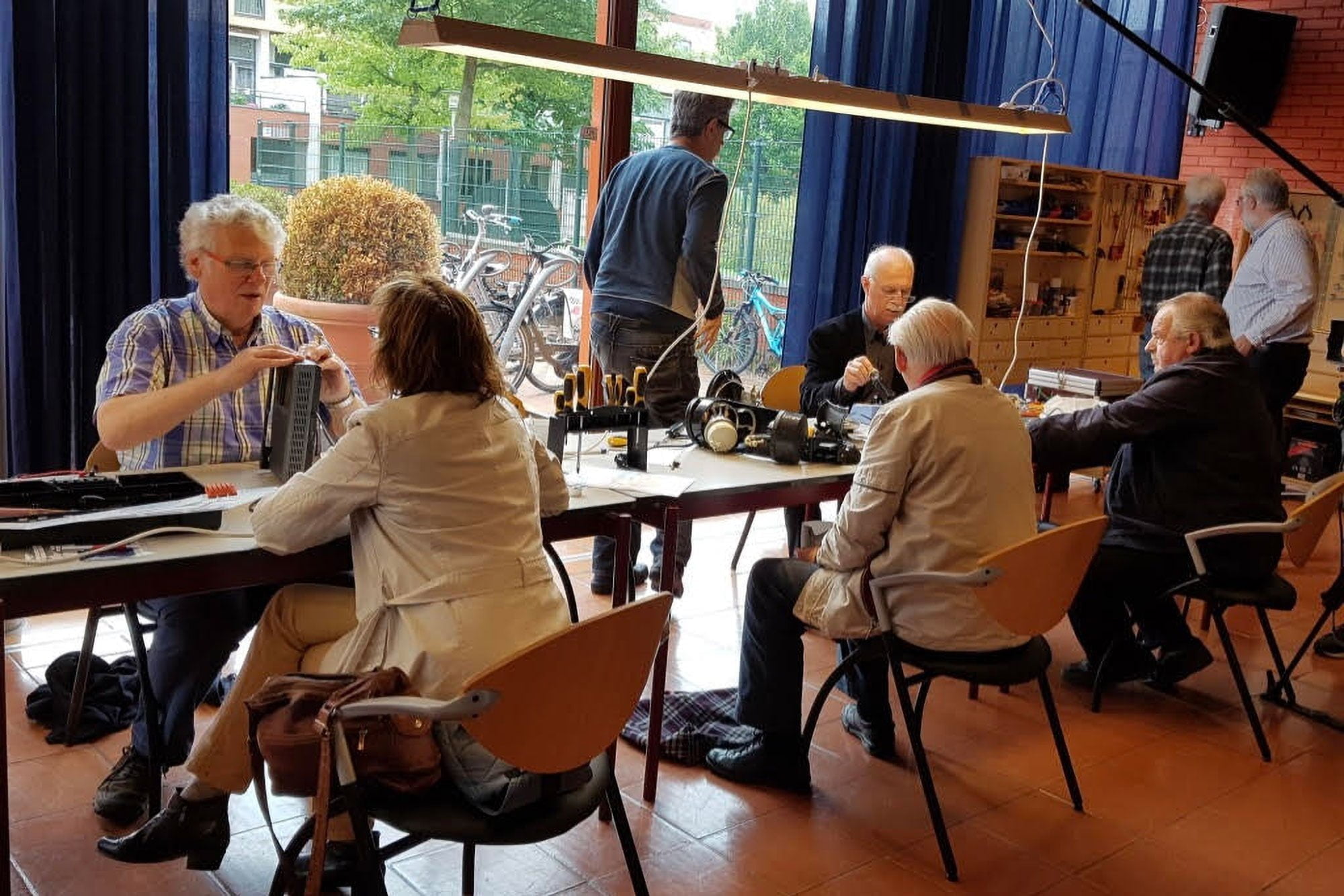
Frans van de Pavoordt and other volunteers, getting Eindhoven’s electricals working again. Photo courtesy of Repair Café
“I was already aware of the economic growth paradigm, but I came to see just how much it is really working against the environment,” says Van de Pavoordt, who has also changed some personal habits.
“I don’t throw stuff away if it’s not necessary,” he says. “For example, I have four winter coats, and my wife told me I need a new one. The zippers were broken on the old ones, so I had them repaired. With four coats, I don’t need any more for the rest of my life.”
Kris Bordessa
The modern homesteader rediscovering self-reliance
Kris Bordessa has always had a garden. In her former home of California, she found it easy to grow tomatoes, hundreds of kilos in a season. What she didn’t eat, she preserved.
A move to Hawaii for her husband’s work in 2005 found her not only relearning how to grow food in a different climate but also focusing on sustainability and self-reliance.
“There’s nothing more fulfilling to me than spending a day making food”
Kris Bordessa, author of Attainable Sustainable
“I didn’t want to be dependent on those barges showing up every Tuesday and Thursday,” she says of the regular food deliveries to the island.
Eventually she and a friend challenged themselves to learn a new homesteading skill every day. The friend hadn’t known that radishes grew underground.

“I thought, I may not be an expert, but I can teach people about how to grow some carrots or radishes,” says Bordessa, 55, who poured her vast knowledge into the blog Attainable Sustainable, followed by a book last year of the same name. Subtitled “The Lost Art of Self-Reliant Living”, the modern homesteading guide covers everything from growing and preserving food to cooking, cleaning and craft making. For beginners, she’s created a video series on “five-gallon gardens”, showing newbies how to grow plants in buckets.
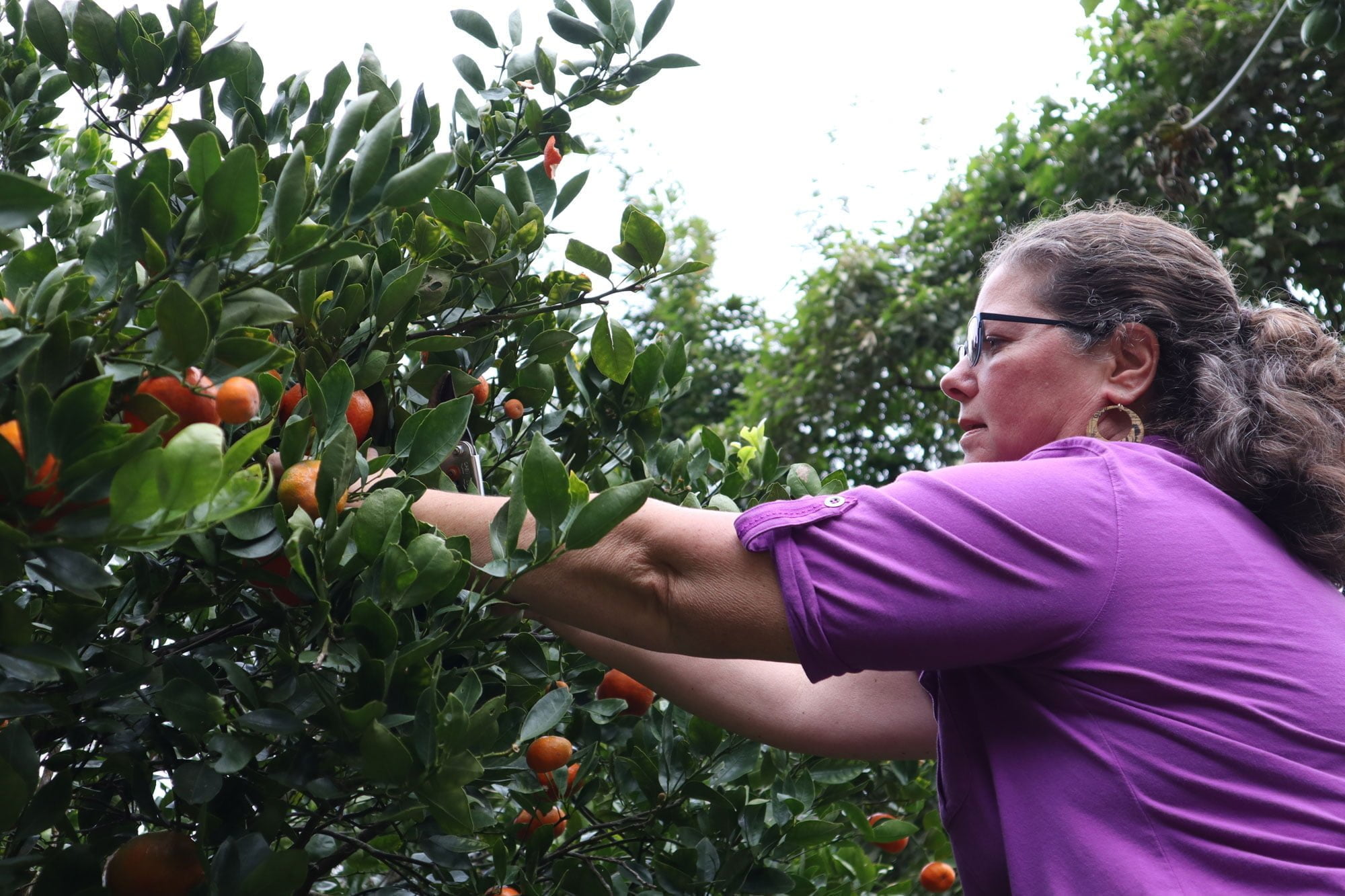
Kris Bordessa picking tangerines. She wants more people to grow and preserve their own food. Photo courtesy of Kris Bordessa
Bordessa, a certified master food preserver, is keen on using every bit of a plant via fermentation and other preservation methods, such as relishes and chutneys. She also touts making “pantry products” such as salad dressing and three-ingredient mustard.
“We’re so accustomed to buying ready-to-use products, plus there’s all the packaging waste,” she says. “There’s nothing more fulfilling to me than spending a day making food that’s going into the pantry.”
Laura Durenberger
The mom making low-waste living work for her family
Laura Durenberger went into her community’s nine-month “zero-waste challenge” assuming she’d pick up a few pointers along the way. Instead, the results humbled her and renewed her commitment to reduce waste, reuse more and buy less.
For the challenge, in 2017, she and her husband, who have one young son, weighed everything they threw away. They discovered they could cut their waste by 13 to 18 kilograms a week, largely by not letting food go to waste and using fewer paper products. (After their son graduated from diapers, they tossed even less.)
“It was super eye-opening because I would have never thought that we were a family that wasted food,” says Durenberger, 36, who already had downsized the family’s possessions in order to reduce mental and physical clutter.
“In order to live sustainably, it has to be sustainable for you”
Laura Durenberger of Reduce, Reuse, Renew
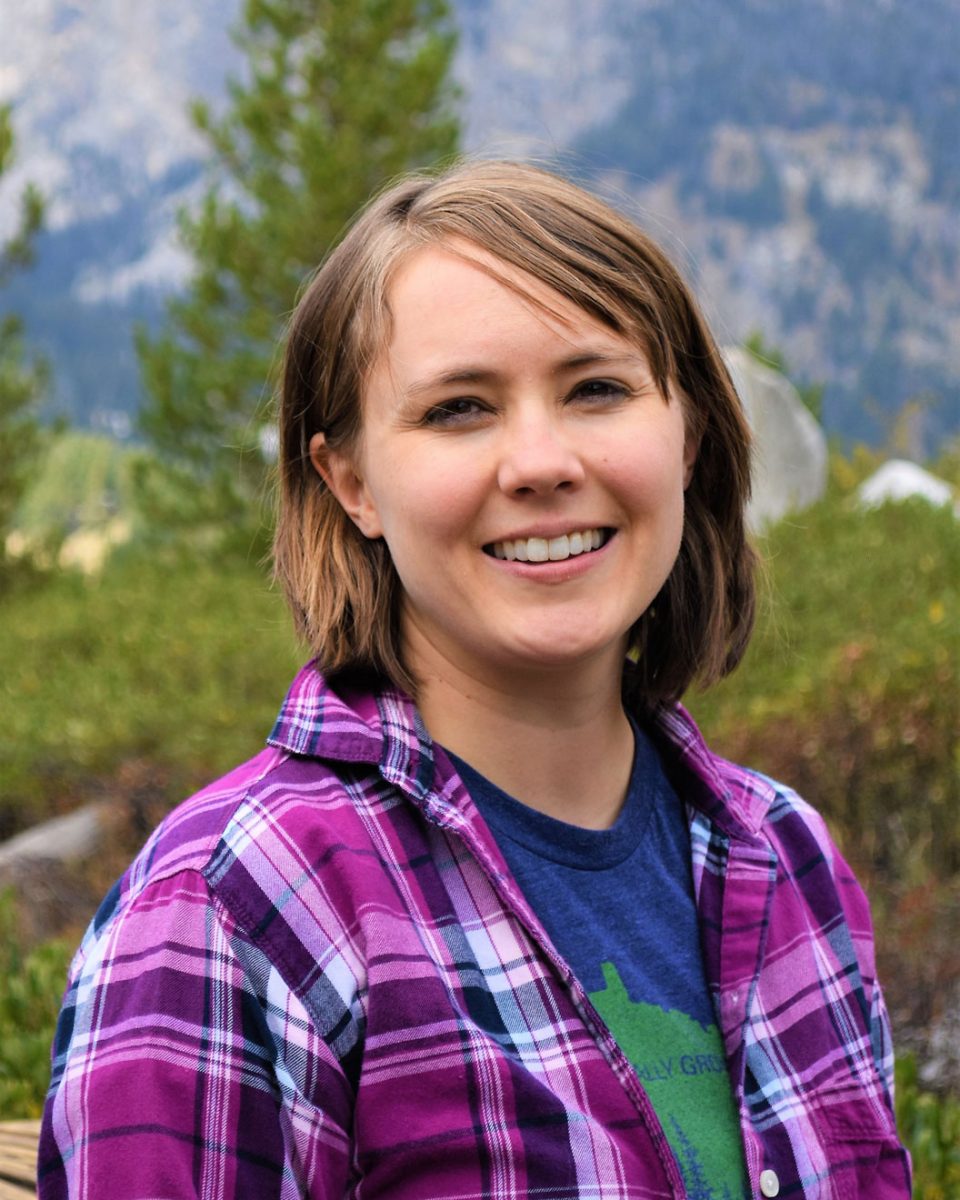
Durenberger now guides families toward low-waste living with her blog and podcast. She focuses on the “eco” because downsizing often means things end up in the landfill (including donated items).
“Raising kids can be such a consumptive thing,” says Durenberger, whose son just turned six. “I think that sticking with your values and letting those drive your decisions is key.”
Parents face a constant flow of “stuff” they don’t always have control over, she says, from gifts to school papers and even plastic trinkets at the dentist’s office.
“Our extended family is good about asking for gift lists, so we often ask for experiences, like a zoo membership,” she says. “Gifts can be tricky. Just remember that once a gift is given, it’s yours to do with as you wish. Some people pass them along.”
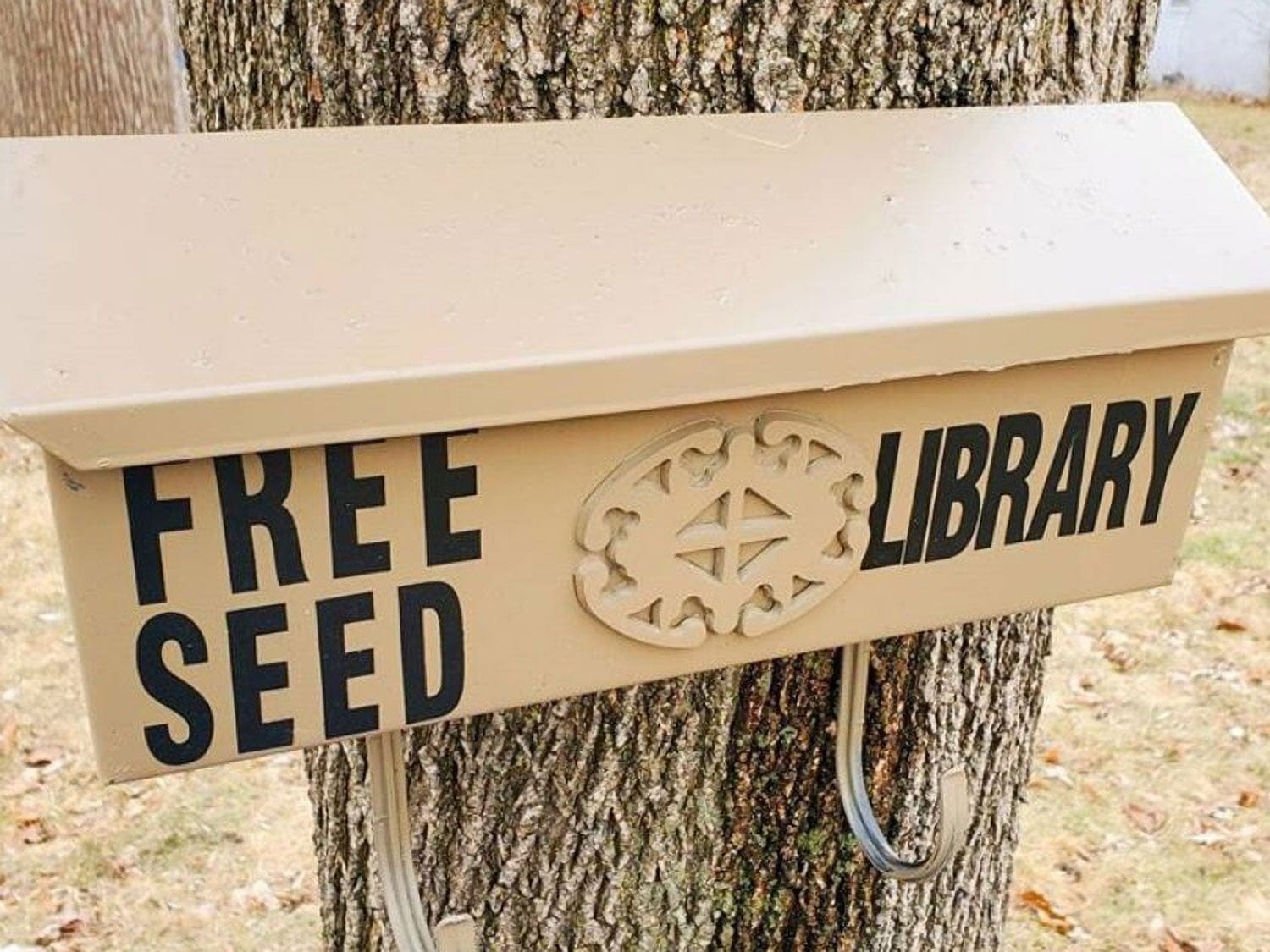
With free seeds, you can grow food without buying anything. Photo courtesy of Laura Durenberger
Her strategies to buy less include neighborhood toy and clothing swaps and participating in a Buy Nothing Project community group.
Durenberger, who has a large garden and started a seed exchange in her neighborhood outside of Minneapolis, says food waste is a particular challenge with children. Strategies to curtail it include using leftovers as snacks later and creating an “eat me now” section in the refrigerator for food set to expire – within reach of children.
“It’s different for everyone,” she says. “In order to live sustainably, it has to be sustainable for you.”
Things you can do yourself
Get involved in the Buy Nothing Project, which is working to build a ‘gift economy’
Join nowDiscover your local Repair Cafe, and meet people who can make your old stuff
Find your nearest oneLearn how to create a 5-Gallon Garden
Watch the videosRead Lauren Bravo’s How to Break Up with Fast Fashion – available as an ebook if you can’t face more clutter
Order hereMain photo of the Minimalists by Joshua Weaver
We need your help

Your support helps us keep doing what we do: telling solutions-based stories that inspire action, while staying ad-free. With a monthly donation of €10 or more, you’ll receive our annual magazine for free, and also a set of beautiful postcards and a pin, to welcome you to our community.
Donate what you can
Become a supporter